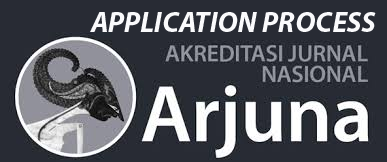Hydrological Analysis of Water Treatment Plan (WTP) in Karian Dam Upstream
DOI:
https://doi.org/10.56444/jcets.v3i2.2255Keywords:
all the affiliated author are from UPN Veteran East Java, I forgot to write itAbstract
Abstract
Rainfall or discharge data is obtained from the river basin authority by conducting hydrological analysis using the Nakayashu Synthetic Unit Hydrograph method to obtain the peak flood discharge and performing a dependable flow analysis (Q80%) using probability equations. On January 2, 2020 there was a flash flood that destroyed at least 1,410 houses, 30 bridges and hydraulic buildings located in the ciberang river flow among them is the PDAM row water intake structure. The need for hydrological studies to predict flood discharge as data needed in planning the stability of hydraulic building structures and determining the water surface elevation for intake operations. The results of the hydrological study of the Ciberang watershed obtained the design flood discharge values for specific return period of Q2 = 205,1 m3/s, Q5 = 340,5 m3/s, Q10 = 406,4 m3/s, Q25 = 475,6 m3/s, Q50 = 518,1 m3/s, Q100 = 549,6 m3/s. The estimated historical flash flood discharge that occurred in early 2020 in the ciberang river upstream of the Karian reservoir based on the testimony of residents as high as 8 meters is equivalent to the design discharge for Q25, which is 475.6 m³/s. The results of the dependable discharge (Q80%) calculations for the Ciberang watershed indicate that the minimum discharge occurs in September at 7.22 m³/s, while the maximum discharge occurs in February at 37.0 m³/s.
Keywords: Hidrology, Rainfall Plan, Flood Discharge Plan, Dependable Discharge.
Downloads
Published
Issue
Section
License
Copyright (c) 2024 Journal of Civil Engineering and Technology Sciences

This work is licensed under a Creative Commons Attribution-ShareAlike 4.0 International License.












